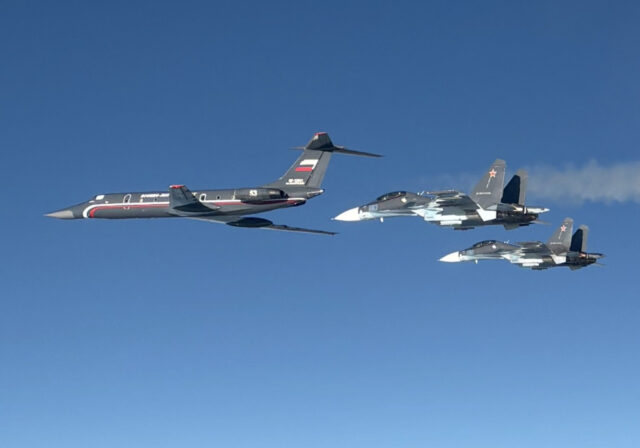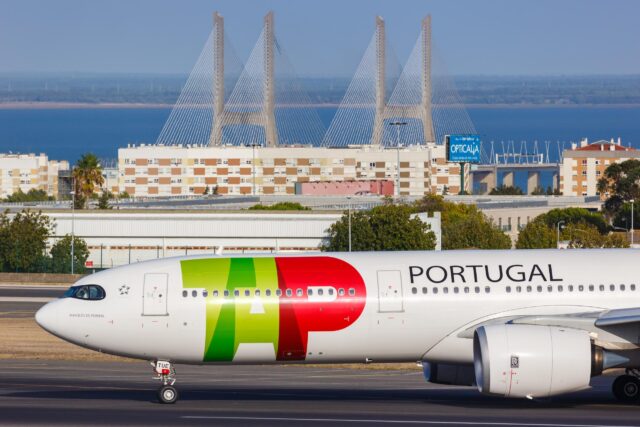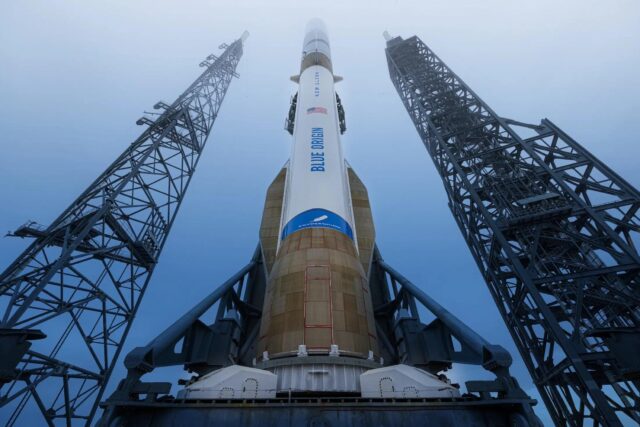Navy deploys USNS Salvor to retrieve sunken F/A-18 and MH-60 from South China Sea

November 24, 2025
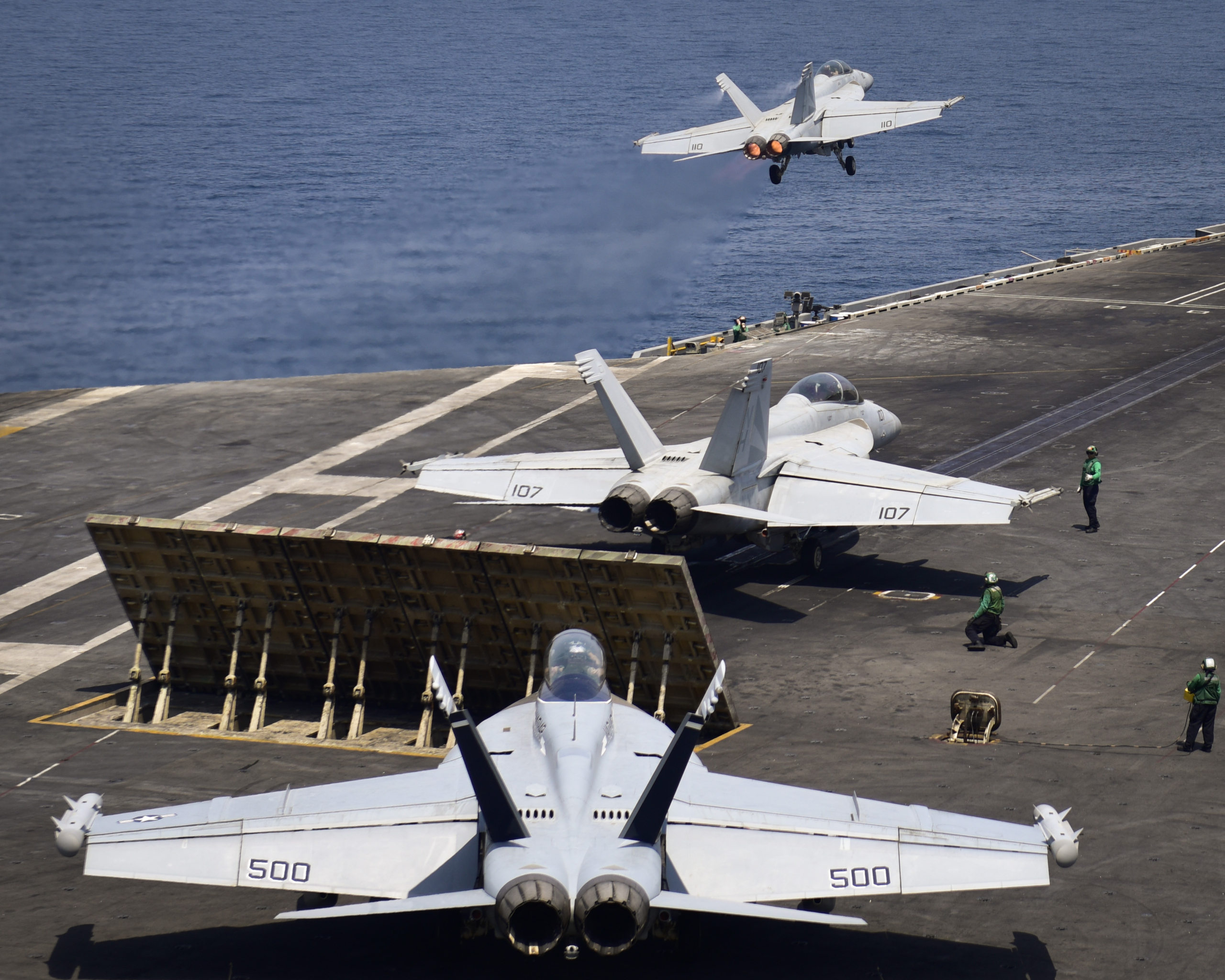
The US Navy is now working to recover the wrecks of two aircraft that fell off the USS Nimitz aircraft carrier into the South China Sea. Within 30 minutes, an F/A-18 Super Hornet and an MH-60R Sea Hawk helicopter crashed into the sea in late October.
US salvage ship arrives to fish out sunken Navy aircraft
CNN has reported that the US Navy has confirmed that the salvage ship was operating in the South China Sea to recover the two sunken aircraft. The exact location has not been disclosed.
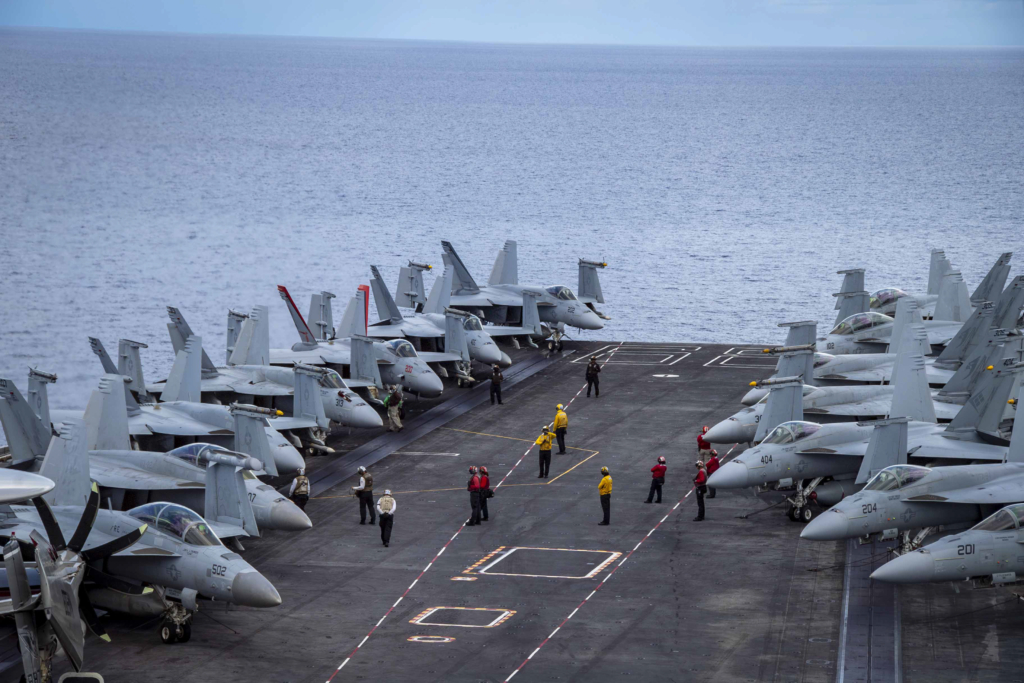
Commander Matthew Comer, who is a spokesperson for the Navy’s 7th Fleet in Japan, stated, “USNS SALVOR (T-ARS 52), a Safeguard-class salvage ship operated by Military Sealift Command, is on-scene conducting operations in support of the recovery efforts.”
The reason for the double incident remains unclear, although contaminated fuel was suggested by Trump as he spoke with reporters.
🔎🇺🇸USS George Washington Strike Group Takes the Watch in the South China Sea
— MT Anderson (@MT_Anderson) November 21, 2025
OSINT Confirmed (Nov 20): The USS George Washington (CVN-73) Carrier Strike Group has arrived in the South China Sea, spotted operating West of Palawan / SE of Scarborough Shoal.
The Handoff: With the USS Nimitz recently departing the theater, the US Navy wasted no time filling the carrier gap. The rapid arrival of CVN-73 ensures a continuous, high-end carrier presence in the West Philippine Sea.
The Muscle: The Washington is escorted by the Ticonderoga-Class Cruiser USS Robert Smalls (CG-62) and 2x Arleigh Burke Destroyers, bringing significant air defense and strike capability to the contested zone.
The watch has changed, but the mission remains: maintaining a free and open Indo-Pacific in the face of regional pressure pic.twitter.com/7K0Qv5O7yK
The USS Nimitz has now departed the area and has been replaced by the USS George Washington strike group. Seperately, the USS Nimitz is the oldest carrier in the US Navy, and this is expected to be have been its final deployment. Its decommissioning is scheduled for May 2026.
The importance of recovering the lost aircraft
It is normal for countries to salvage such aircraft to prevent sensitive information from falling into the hands of adversaries (China in this case).

While the Super Hornet and helicopter are not the latest technology, they could still present a boon for China. They could help the country improve its carrier-based J-15T jets as these Chinese-improved Flanker variants are not considered as advanced as the Super Hornet.
The MH-60 is an anti-submarine hunter and is likewise considered more advanced than China’s counterparts.
Additionally, the more China understands about the F/A-18, the easier it will be for the country to find weaknesses and develop ways to effectively counter it.
In 1999, Serbian forces shot down an F-117 Nighthawk stealth bomber, and Serbia is believed to have shown it to the Chinese. When the US used its B-2 Spirits to bomb Iran, it did so as part of a major operation with extensive escort only after Iran’s air defence had been effectively defeated to ensure the same wouldn’t happen.
Get the latest aerospace defence news here on AGN.
History of salvaging lost at sea military equipment
The imperative of salvaging these aircraft is likely not as high as in 2022, when an F-35C crashed into the sea while attempting to land on the US Navy carrier, the USS Carl Vinson. The fighter jet sank 12,400 feet to the bottom.

This wasn’t the first time; the previous year, a Royal Air Force/Royal Navy F-35B was lost off the HMS Queen Elizabeth after an aborted takeoff. Both F-35s were recovered soon after.
The F-35 is the most advanced fighter jet in the world, and the US is very protective of it, often placing “onerous” conditions on export partners to ensure its technology is safeguarded from China and Russia.

The US has plenty of firsthand experience with covert salvage operations. In 1974, the CIA secretly partially raised a Soviet K-129 submarine in the Pacific Ocean that had been lost in 1968.
The project was dubbed Project Azorian and is one of the most thrilling such covert stories of the Cold War. It was an extremely complicated and expensive operation that the Soviets did not think was possible. The US had to construct a purpose-built ship called the Hughes Glomar Explorer for the operation.
OTD in 1974, CIA launched Project AZORIAN to salvage a Soviet submarine that sank in the Pacific Ocean in 1968.
— CIA (@CIA) June 20, 2025
Learn more: https://t.co/9IOqUiqrVB pic.twitter.com/suX1N1Pu3E
Salvage operations are not always possible. One of the three (known) nuclear weapons that the US has permanently lost fell with a Douglas A-4E Skyhawk off an aircraft carrier in 1965 into the Philippine Sea. Neither the jet nor the B43 nuclear bomb was ever recovered.
Featured Image: US Navy
